‘I fell over many times but kept going’: You can start cycling at any age - tips for beginner cyclists
If you're a new rider yourself, or know someone who is, here's all the cycling advice we wish we'd received when we first got on the bike

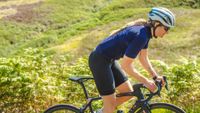
Anne-Marije Rook
This article has been freshly updated as part of our 'New to Riding' week, running from March 10 to March 17, with a special focus on tips, tricks and inspiration for new riders.
As you can guess, we at Cycling Weekly love riding our bikes. The benefits of cycling are huge. You’ll get fitter and healthier (physically and mentally), and can save some money and the environment by choosing a bike over the car or public transport. Exercise is also a great stress reliever, as is being outdoors. If you’re still not persuaded to take up cycling, you might even make some new friends or you can get the whole family involved, opening up opportunities for weekend adventures or exploring the world. Be inspired by Malcolm’s story below and check out our cycling tips for beginners: bikes may just transform your life… it's never too late to start.
In 2022, Cycling Weekly interviewed Malcolm Waite from Devon, who, spurred on by his wife's new way of commuting, at 40 years old decided to get on a bike for the first time in his life.
“I was at home, working on renovating our new home and watching the new cycleways near our house being developed. I thought: ‘I’ve got the time, I’ve got the bike, I live in a traffic-free road, why don’t I give it a try? It can’t be that difficult’,” Waite recalled.
Waite taught himself, “At the same time I was learning, there were young kids riding balance bikes up and down my road. Watching them, I thought the best place to start was by learning the feel of the bike, and trying to balance while the bike was stationary. I fell over many times but kept going, and eventually, I could take my feet off the floor and stay upright — I was amazed!”
“When I could stay upright for more than 30 seconds, I told my wife that I was going to try pedalling down our road. I found the effort astounding! I was exhausted but I did it, and I was hooked. No books, no internet, no videos — just the inspiration of those little kids on their balance bikes.”
“Some of my very best moments ever have been out cycling with my wife. She started taking me out for long and hilly rides — I have loved every minute,”.
The latest race content, interviews, features, reviews and expert buying guides, direct to your inbox!
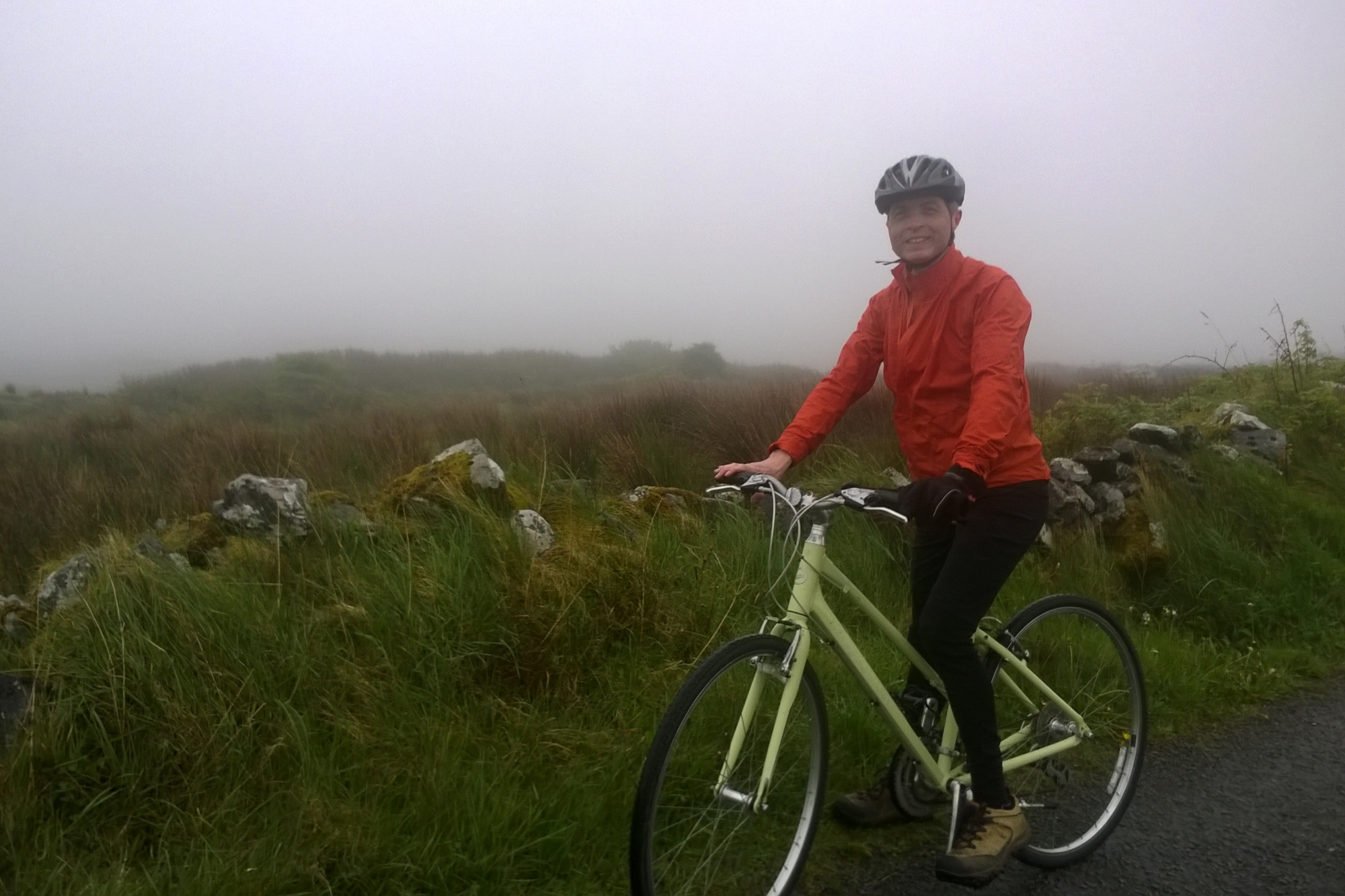
Waite has ridden countless miles since now he has learnt how to ride a bike
How to learn to ride a bike
Every cyclist started as a beginner, whether that was at three years old astride a balance bike, at well over 40 and venturing out on a hybrid bike or, just like Malcolm, on an ideal cheap road bike.
Back in 2022, we spoke to Kirsti Grayson, founder of GoVelo, a cycle activity provider and instructor in North West England. Kirsti grew up in Africa, before moving to the UK and raising a family, and understands that riding a bike can be more than just a great recreational activity.
"After starting out teaching children how to ride in school playgrounds and carparks, a lot of parents confessed to me that they had never learnt how to ride" says Kirsti. "It was in an area of deprivation, with a lot of small terrace houses, with no gardens and cobbled hilly streets. Then the local council installed a purpose-built cycling track in the local park, which was flat, traffic free and gave the ideal space for adults to learn to ride too.
It's wrong to assume that everyone learnt to ride a bike as a child as not everyone had access to bikes, be it the cost to own one, the space to keep one, or were even allowed to learn. Some of the women in the community groups I work with now have told me that learning how to ride a bike as an adult was on their bucket list all their life after been banned from riding in their country of origin or from family members.
Learning how to ride a bike as an adult is more than just pedalling. It's considered therapy on two wheels as it gives the learner the skill of decision making, a sense of achievement, confidence, owning a skill just for them, and the belief that you can do something just for yourself"
In the US, there's no national program for learning to ride a bike as an adult and state facilities vary. Contact your local bike shops for classes near you, or check out the League of American Bicyclists’ handy map to find a list of all certified League Cycling Instructors in your area and not-for-profit cycling organisations.
The UK is really fortunate to have a national cycle training programme that teaches people of all ages how to ride a bike and provides tips for beginner cyclists. You can find a full list of accredited organisations and individuals at Bikeability. Although not government funded, many organisations have been successful at securing funding so offer some teaching for free or at a reduced price. It also a great place to find your confidence again after a lengthy hiatus from cycling.
Tips for beginner riders
1) Buy your bike from a local shop

Start off at your local bike shop
Your local bike shop will be a fountain of knowledge when it comes to ensuring that you get the right bike to start off with. If you prefer to do a bit of homework before you start shopping, be sure to read our road bike size guide to help find a frame that fits.
Even if you know your size, your local bike shop will be able to sense check your calculations and make sure the bike is comfortable, help you get set up on it, probably offer you a free six month service, and be there to help you out when you've got questions. Expertise and advice now will save you cash in the long run.
If you're not sure what style of bike you want, you can find all you need to know on our how to buy your first road bike page.
But if you're wondering what else is out there, a quick guide is that an endurance-focused road bike, with a more relaxed geometry, will suit most beginners. For riding off-road or mixed terrain, you should go for one of the best gravel bikes or adventure bikes, with plenty of mounting points and room for wide tyres. Or a cyclocross bike is a fast and fun alternative to these.
If you're not ready for drop handlebars, take a look at our selection of the best hybrid bikes with flat bars, or if you're planning on cycling to work there are plenty of options for the best commuter bikes, include folding, Dutch, singlespeed, and cargo bikes.
Electric bikes are becoming increasingly popular, and we've put together a selection of the best e-bikes for those of you looking for a power boost.
2) Get comfortable on your bike

Make sure you're comfortable from the outset
Many pro cyclists who have been riding for decades are still tweaking their bike fit — when it comes to performance, some riders find bike fit is a never ending process of adjustment based on individual factors and goals.
However, there are some basic guidelines that can apply to all riders looking to ride in comfort and avoid injury, even if it's a DIY bike fit.
Optimum saddle height can be found by placing your heel on the pedal at its furthest away point (closest to the ground). Our page on how to set your saddle height tells you all you need to know, but, as a quick summary, your leg should be straight, so when you clip in, there's a slight bend. You want a slight bend in your elbows, too — you know the reach is right when the front wheel hub disappears from view under the handlebars when you are riding on the tops.
3) Learn how to fix a puncture
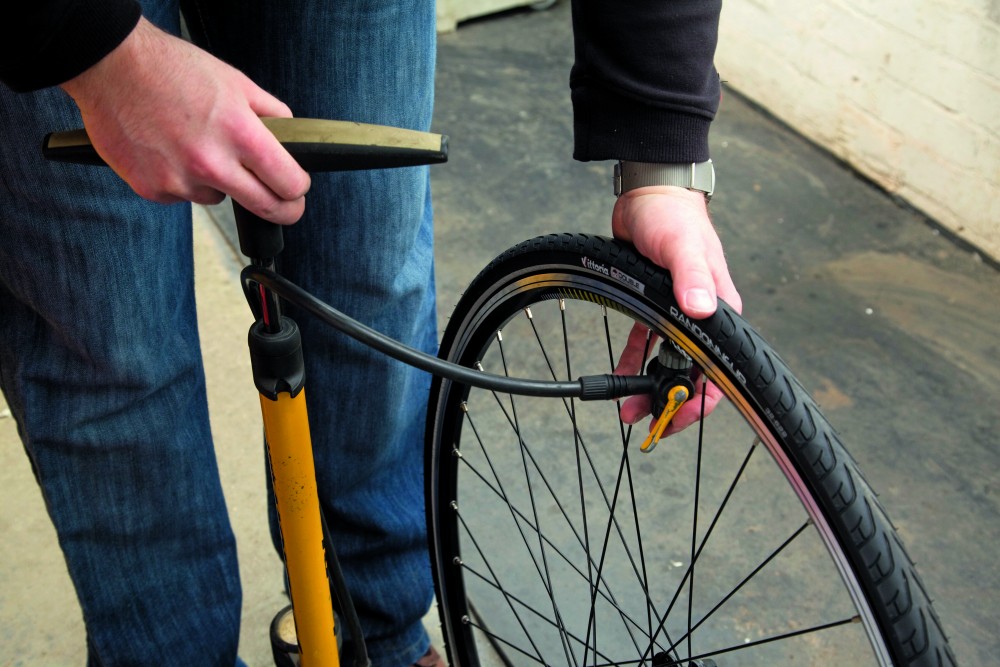
Become self sufficient and learn how to fix a flat
There's no good reason any rider should find themselves stuck in the middle of nowhere with a flat tyre and no means or knowledge to fix it, even if you've only just learnt how to ride a bike as an adult.
If you don't know already, then read our guide on how to fix a puncture, or get someone at a bike shop, a friend, or the internet, to teach you. Then practise at home until it's easy, and you feel confident going out alone, knowing how to deal with a mechanical while out on a ride.
You will also need other basic tools: a minipump, a multi-tool, an inner tube and tyre levers. You can find some of the best bike pumps and the best cycling multi-tools in our guides.
4) Invest in a few key pieces of kit

Investing in some decent kit will make for more comfortable bike rides
Cycling can, at first, appear to be a rather expensive hobby. And although it can become so — it doesn't have to. You don't need to splash out on an entire wardrobe to be comfortable.
Even before you start out on your journey of learning to ride a bike as an adult, you should consider purchasing one of the best cycling helmets, which luckily doesn't always mean the most expensive. The laws surrounding helmets depend on your state or country, but if you do want or need to own one, it's not an area to scrimp on.
Another important purchase is bike lights. Most countries require you to use bike lights between sunset and sunrise, although some may require day lights too, so check local laws. Legal requirement or not, we highly recommend using a pair of the best bike lights you can on every bike ride to keep you as visible as possible.
Even with the most secure set up, investing in one of the best bike locks acts as a great deterrent to bike thieves, and some insurance companies insist on your bike being locked with a specific standard of lock every time your bike is left unattended.
Full cycle clothing is not essential, but some will certainly make all bike rides much more comfortable year round, such as a pair of good winter cycling gloves.
The best cycling shorts for men or women's cycling shorts (or tights in winter) will definitely improve comfort, but if you want to take things a step further, a base layer and long sleeve cycling jersey will also make your experience a better one.
Grabbing one of the best waterproof cycling jackets will ensure you stay dry and warm. You may already have a general rain jacket, but a cycling-specific one will be more comfortable and fit better on the bike.
5) Join a cycling club
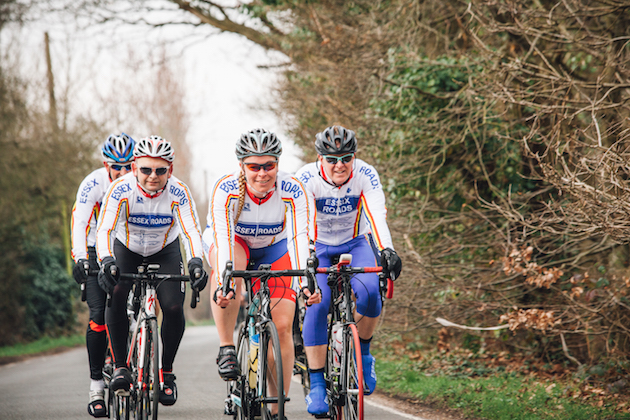
Joining a cycling club can motivate you, help with new skills and make new friends.
From the outside, a cycling club might look like a mass of confident, intimidating, Lycra-clad experts. But they should welcome you, and be there to help you out with any technical questions, mechanical difficulties or routing conundrums you have. A cycling club is often full of useful knowledge.
In the UK you can find clubs on British Cycling's handy finder. If a traditional club feels too daunting, check out Let's Ride or Breeze Rides for women. Alternatively, check out the ride groups on Cycling UK's site — there are a range of member groups and there should be something on offer for riders of all abilities.
6) Don't put up with saddle discomfort
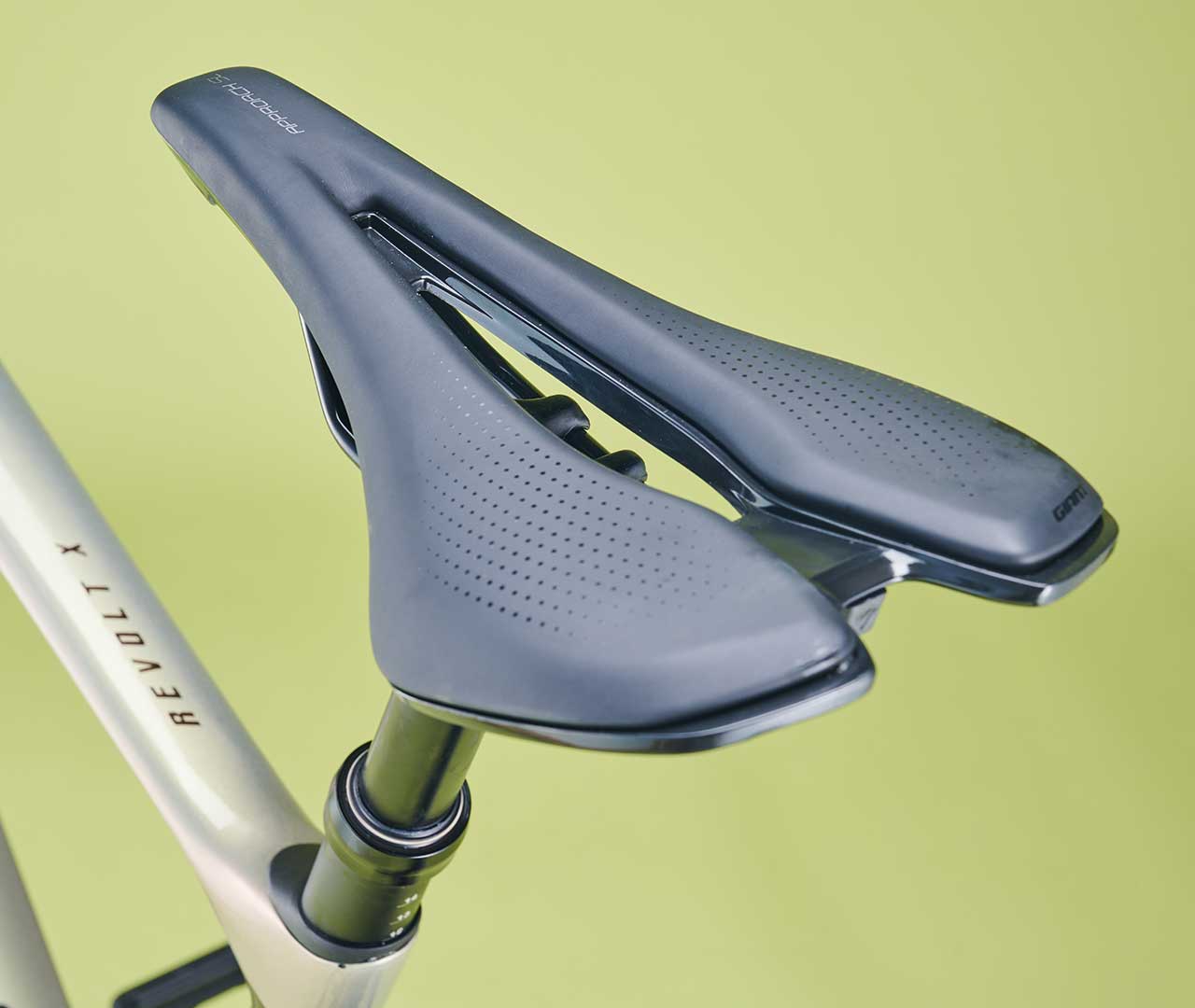
There's a world of saddle choices out there to suit different riders
Saddle discomfort is very common, and knowing how to choose the right saddle can feel a little overwhelming.
If you are already feeling discomfort, listen to your body, work out where the problem area is, and look for a retailer with a test ride service to save you wasting cash on failed solutions.
Take some time to read our guides on either the best men's saddles or women's saddles to help you work out what size or style seat would work for you.
Teaming a great saddle with a pair of good cycling shorts, and applying chamois cream, will also help, but the right saddle is key.
7) The gears are there to help you
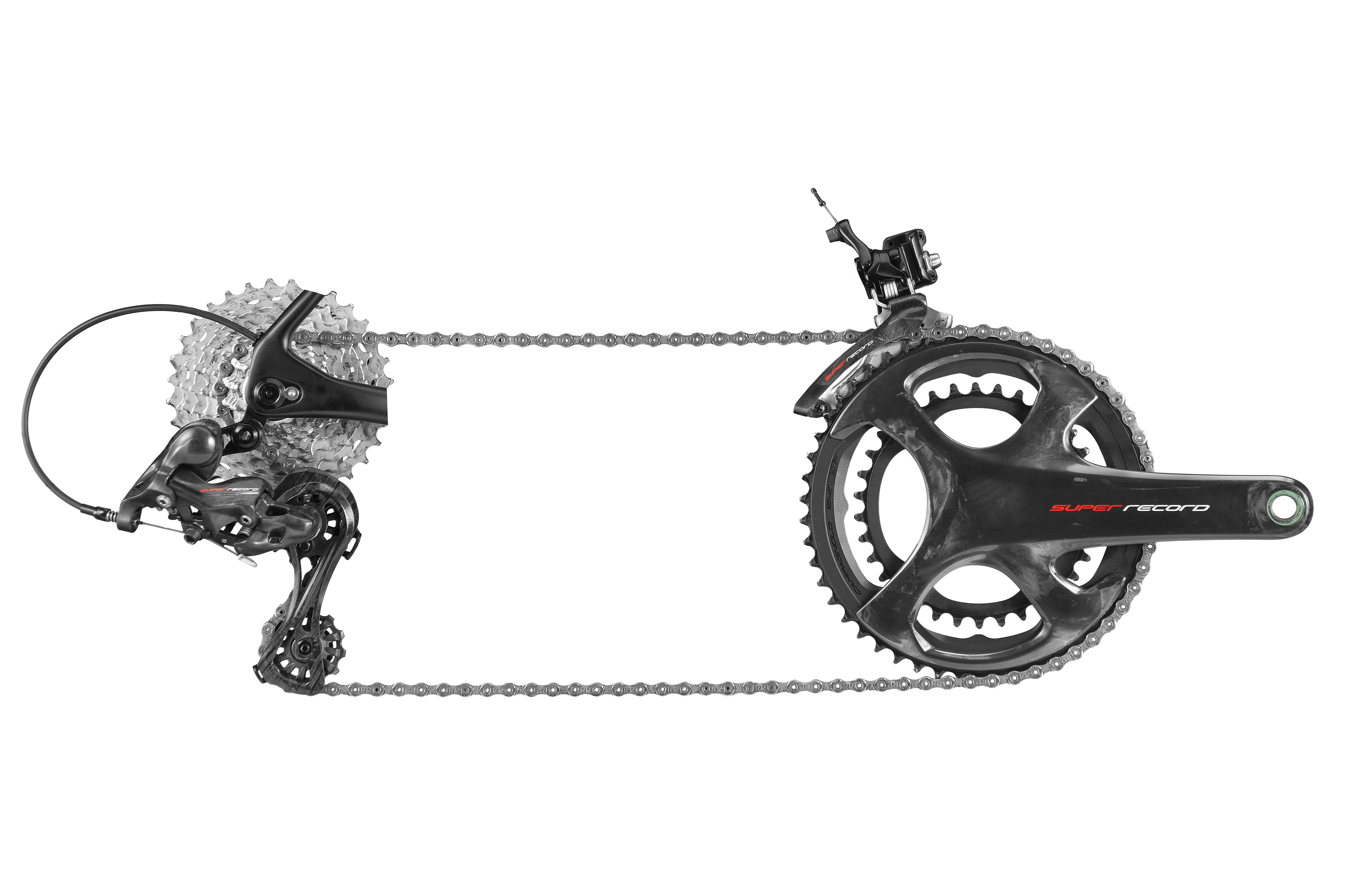
Modern bikes have lots of gears - put them to work
Learning how to use your road bike gears will have a huge impact on your ride. The key is to not be lazy or try to fight the terrain. Shift into a smaller chainring on the front and larger cog on the rear cassette for easier pedalling on the hills, or any time you need to. Use a larger chainring and smaller rear cog to pedal more smoothly and go faster on the flats and when going down a hill.
Spend some time practising on a flat road: in time, shifting into the correct gear will feel natural.
You'll know you're in the wrong gear if you find you're spinning the cranks incredibly fast, but barely moving, or grinding your way up a hill and finding the resistance so great you're pedalling becomes really slow.
8) Be confident on the road
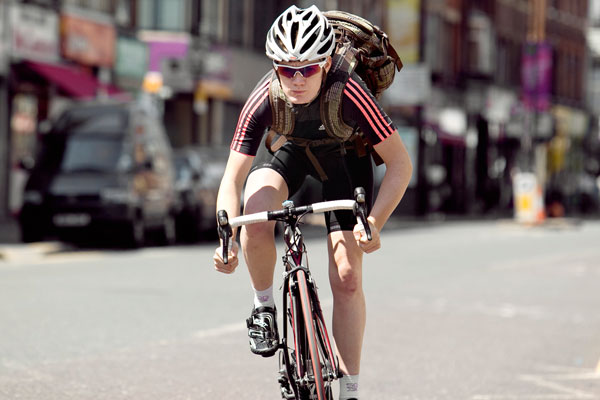
Ride with confidence - you have just as much right to the road as everyone else
Ride at least a metre from the edge of the road — this gives you room to move around obstacles (potholes) and it encourages other road users to give you more room when overtaking.
Make sure you are clued up on the highway rules or code for your state or country.
Whatever country you are riding in, the guidelines published by Bikeability are really helpful, particularly regarding taking the Primary Position (centre of the lane) at junctions, roundabouts and other areas where it's not safe for other road users to pass. A good general rule is be assertive, not aggressive.
9) Practise some basic techniques
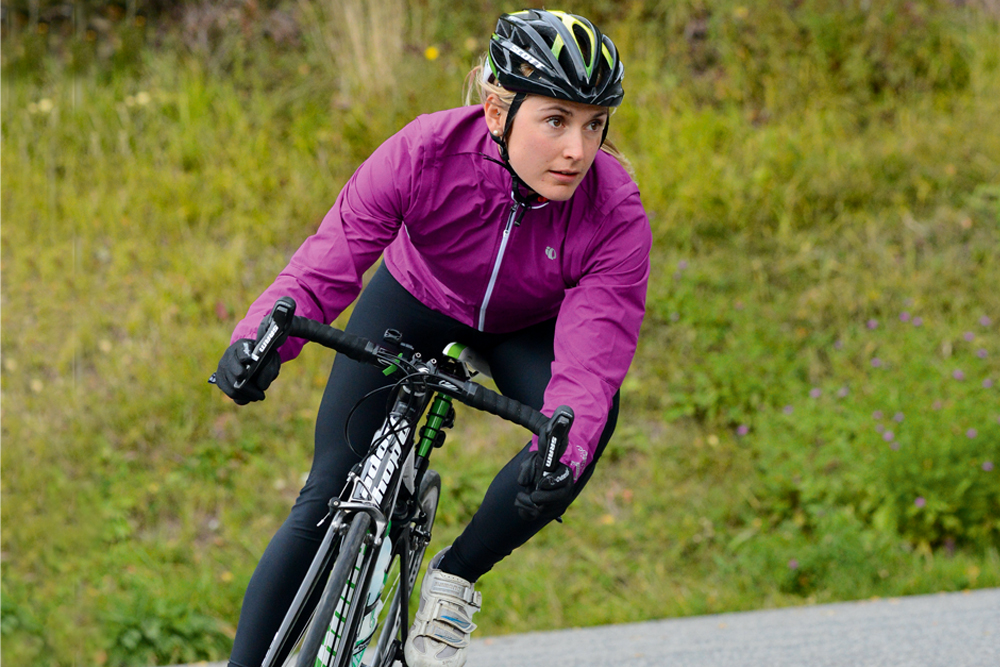
Inside leg up to corner, push weight through the outside leg
Once you've learnt how to ride a bike as an adult, practice your new skills.
You don't need to go from zero to careering down the side of alpine mountains at speed, but a few basic skills will help you to feel more confident.
Remember how to use your brakes and that your front brake is much more effective at stopping you, so get used to feathering it lightly alongside the rear, rather than grabbing a handful of lever.
When cornering, be sure to slow down to an appropriate speed before you hit the bend — braking in advance rather than panicking that you've gone in too fast and braking in the corner itself. Your outside leg should be extended if you're going round a sharper corner and not pedalling. Our page on how to corner a road bike goes in to this in a helpful step-by-step guide.
To learn how to be a better climber, remember that when approaching a climb, keep pedalling to help carry as much momentum as possible and get out of the saddle regularly to stay comfy.
Going down hill is all about confidence so top yours up by refreshing your knowledge on how to be a better descender .
10) Eat and drink as you ride
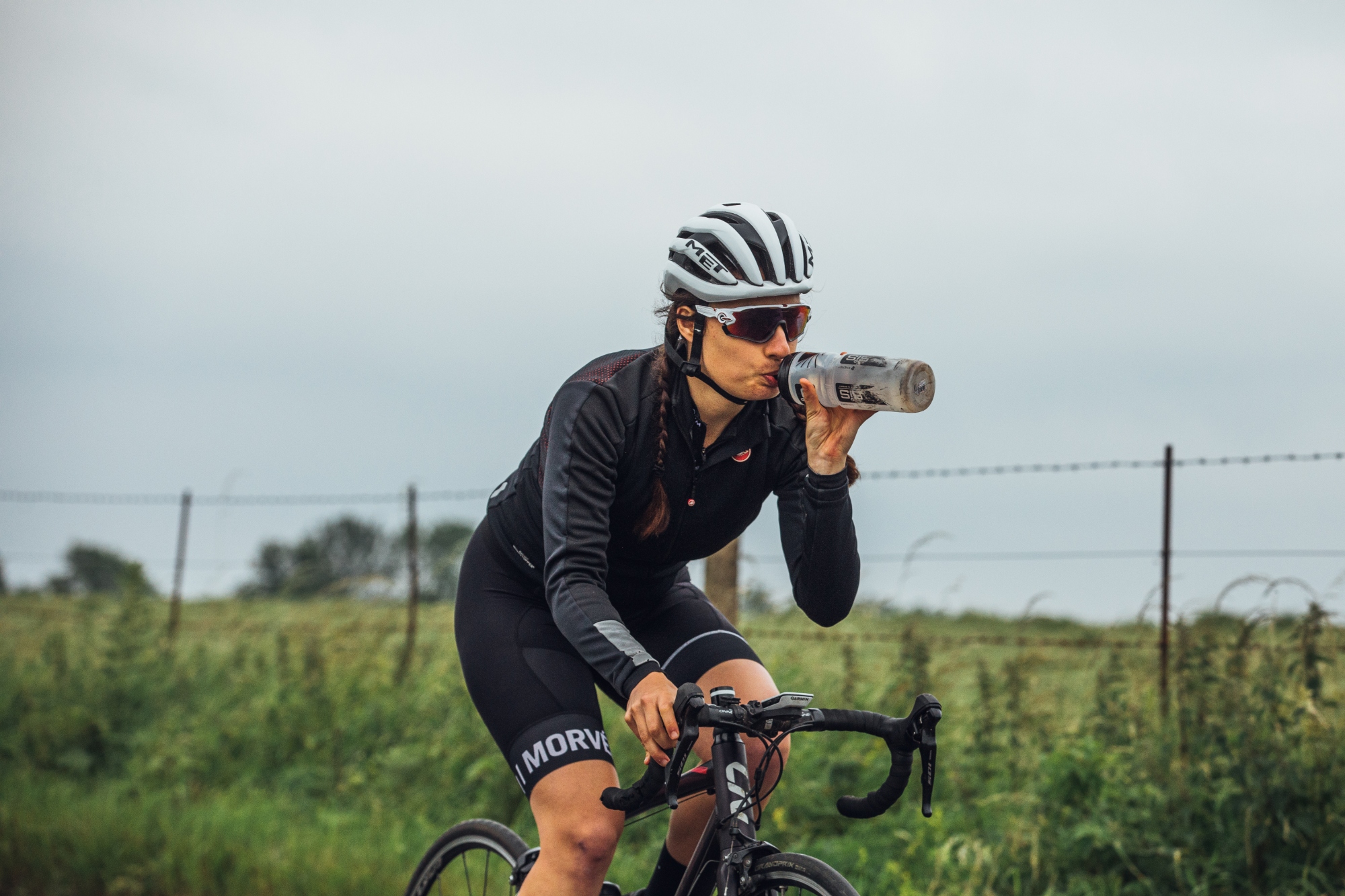
Don't forget to eat and drink on the bike
While most people will appreciate a sip of a drink while working out, if you've come from another sport — like running or swimming — the idea of eating as you go may seem a little alien. But once you've learnt how to ride a bike as an adult, you too may sometimes head out for multiple hour rides so will need to fuel as you go.
If you're riding for more than 90 minutes, take a snack such as a cereal bar or banana, and aim to eat something every hour. Cyclists usually carry water in a bottle mounted on the frame. Extracting the bottle to drink as you pedal takes practice, but it's worth it.
Cycling coach Deena Blacking tells us all about nutrition for cycling to make sure you are getting it right. If you're worried about running out of steam on a big ride, you can always consider calories burned when cycling, so you know roughly how much to eat and drink.
11) Don't do too much too soon
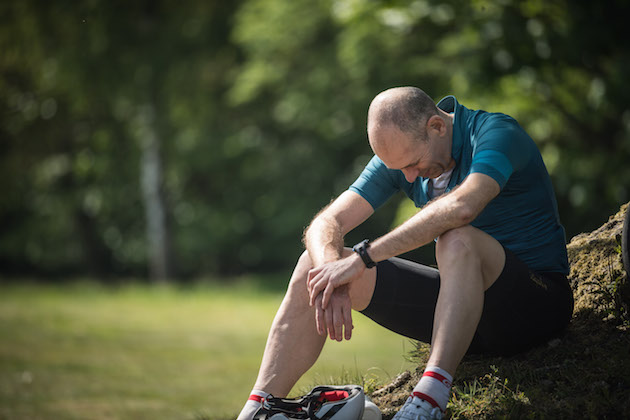
Cycling isn't weight bearing, but you still need to build up gradually
Cycling is not weight bearing, which means that amongst a host of other equally important benefits, it doesn't put a lot of strain on your joints and is a good choice if you want to get fit and lose weight.
However, do too much of anything too quickly and you can wind up feeling fatigued, getting injured, or simply sick of it.
Build up your cycling volume gradually, creating or following a cycling training plan if you've got goals you want to work towards.
Make sure you get adequate recovery and look at the big picture — focusing on gradual improvement in pursuit of a happier, fitter, healthier you in the long term.
Beginner cycling fitness
To start with, try and build up a little endurance and strength, alongside confidence, and get your body used to being in the saddle (it can take a little time!). It’s good to start with some beginner cycling training sessions, getting your muscles used to being activated in a new way, and our cycling training plan is a great place to start.
You’ll probably have a number of questions: How many miles should a beginner cyclist ride? What is a good pace for a beginner cyclist? How long should I be riding for — is 30 minutes of cycling a day enough to get fit and improve? The answer to these will depend on you current level of fitness, but even if you’re already super fit, through going to the gym, running or doing another sport, you should still start relatively slowly and see how your body responds.
If you need some additional motivation, 10,000 steps is basically 30mins cycling, and the former would take you roughly three times as long. If you're already walking 10,000 steps, then 30 minutes on a bike is very manageable. With cycling, you can fit a lot more in your day — exercise or otherwise — and before you know it you’ll be riding for longer and increasing your average speed.
Hannah is Cycling Weekly’s longest-serving tech writer, having started with the magazine back in 2011. She has covered all things technical for both print and digital over multiple seasons representing CW at spring Classics, and Grand Tours and all races in between.
Hannah was a successful road and track racer herself, competing in UCI races all over Europe as well as in China, Pakistan and New Zealand.
For fun, she's ridden LEJOG unaided, a lap of Majorca in a day, won a 24-hour mountain bike race and tackled famous mountain passes in the French Alps, Pyrenees, Dolomites and Himalayas.
She lives just outside the Peak District National Park near Manchester UK with her partner, daughter and a small but beautifully formed bike collection.
- Anne-Marije RookNorth American Editor
You must confirm your public display name before commenting
Please logout and then login again, you will then be prompted to enter your display name.
